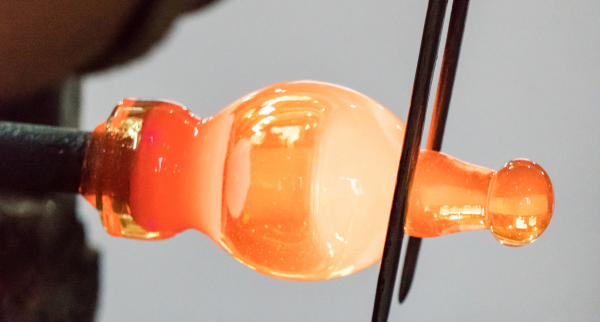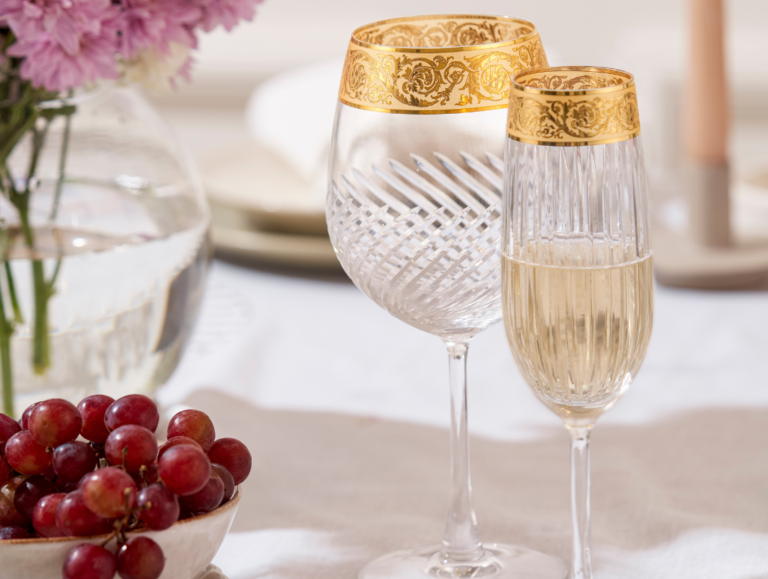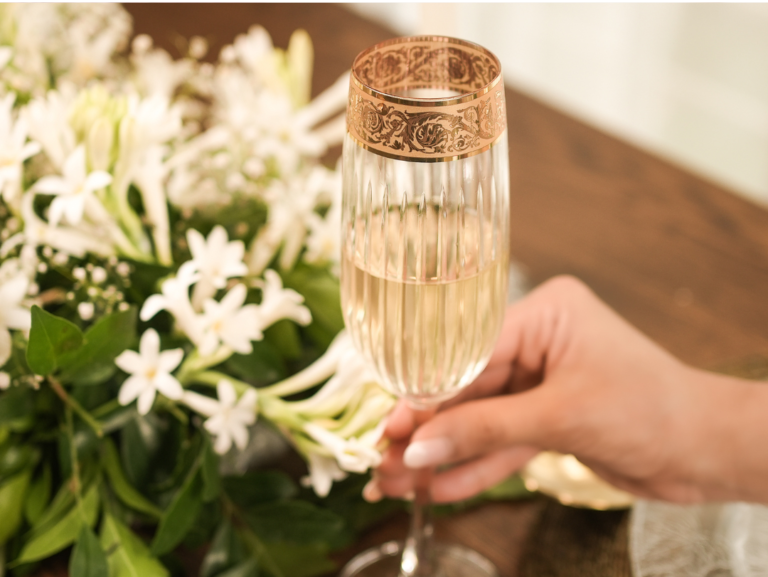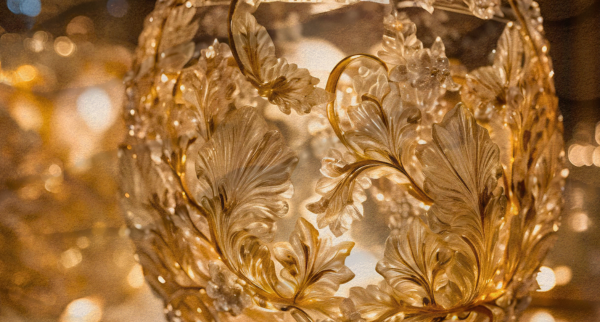Krisha Handicrafts
Asrawad village, 8 mile,
Khudel-Nemawar road,
Indore, Madhya Pradesh
Masters of Glass: The Rich Heritage Behind This Art Form

The Timeless Art of Glassmaking
There’s something profoundly captivating about glass. It’s an art form that begins with something as simple as sand and transforms it into objects that hold beauty, light, and meaning. For centuries, the craft of glassmaking has been passed down through generations, from master artisans to eager apprentices, always evolving but never losing its sense of wonder.
Whether it’s the elegance of a hand-blown vase or the intricate design of a stained-glass window, glass has a deep cultural significance and artistic history that continues to resonate today.
Handcrafted glass is more than just a material—it’s a testament to human creativity, patience, and skill. In this post, we’ll explore the rich heritage of glassmaking, from its early roots to its modern-day relevance in high-end décor, and why it remains one of the most sought-after luxury materials.
The Ancient Origins of Glassmaking: A Journey Through Time
Glassmaking is a craft that dates back over 4,000 years. The earliest known glass artifacts were created in Mesopotamia, where artisans first discovered how to fuse sand and soda to create small, opaque glass objects.
From there, the art form spread across ancient Egypt and Rome, evolving into more refined and complex techniques.
1. Glass in Ancient Egypt: Sacred and Decorative
In ancient Egypt, glass was considered a material of the gods, often used in religious contexts. Egyptian artisans were known for their intricate glass beads, which adorned pharaohs and nobles in jewelry and ceremonial artifacts.
The vibrant blues, greens and reds seen in ancient Egyptian glass pieces were created by adding minerals like copper and iron during the melting process.
2. Roman Influence: Innovation and Craftsmanship
The Romans, true innovators, brought glassmaking to new heights. They developed glassblowing techniques, which allowed for larger, more uniform pieces. Roman glass was often used in architecture and domestic décor, with colorful glass mosaics becoming a staple in affluent homes.
It was during this era that glass started to be seen not only as functional but also as an artistic expression.
Venetian Glass: The Heart of Glassmaking Heritage
For anyone with even a passing interest in glass, the name Venice evokes a special reverence. Venetian glass, especially from the island of Murano, is synonymous with luxury, elegance, and heritage.
By the 13th century, Venice had become the epicenter of glassmaking and Murano glass artisans were considered the masters of the craft.
1. The Artistry of Murano Glass
Murano glass is renowned for its vibrant colors, intricate patterns, and flawless execution. The glassblowers of Murano were fiercely protective of their craft, often keeping their techniques secret.
This exclusivity, combined with their undeniable skill, made Venetian glass a coveted luxury material across Europe. From elaborate chandeliers to delicate figurines, Murano glass quickly became the gold standard for opulent décor.
2. Murano’s Enduring Legacy
Even today, the glassmakers of Murano carry on the tradition, blending centuries-old techniques with modern innovation. Every piece that comes from these Venetian masters is still handcrafted, making each item unique.
In a world increasingly dominated by mass production, this attention to detail and artistry is what continues to make Murano glass so revered.
Glass in Art and Architecture: A Symbol of Prestige
Throughout history, glass has not only been used for decorative objects but has also played a significant role in architecture and the fine arts. From grand cathedrals to modern skyscrapers, glass has always been a symbol of prestige, beauty and sophistication.
1. Stained Glass: Light, Color and Spirituality
One of the most iconic uses of glass in history is in the form of stained glass windows, often found in grand churches and cathedrals across Europe. These masterpieces were not just about beauty—they told stories, with each window depicting scenes from religious texts or illustrating important historical events.
The craftsmanship required to create these windows was extraordinary, as each small piece of colored glass was meticulously arranged to create a larger narrative.
2. Modern Architecture: Glass as a Statement
In the modern era, glass has taken on a new role in architecture, often seen as a symbol of progress and innovation. Today, the clean, transparent lines of glass are used to create sleek, minimalist structures that blend the indoor and outdoor environments.
From luxury penthouses with floor-to-ceiling windows to cutting-edge glass sculptures in public spaces, glass continues to make bold statements in design.
The Modern Renaissance: Glassmaking in High-End Décor Today
While glassmaking has deep roots in history, its relevance in modern luxury décor is stronger than ever. Handcrafted glass has become a symbol of exclusivity, with bespoke pieces gracing the homes of those who appreciate fine art and craftsmanship.
1. Handcrafted Glass in Luxury Homes
In today’s world of high-end interiors, handcrafted glass pieces are prized for their ability to merge beauty with function. Whether it’s a statement chandelier, an artful vase, or a glass sculpture, these items go beyond décor—they become the focal point of a room.
The brilliance of glass lies in its ability to capture and manipulate light, creating a dynamic presence that constantly shifts depending on the time of day and the angle of the light.
2. A Sustainable Choice
In an era where sustainability is no longer a luxury but a necessity, glass stands out as one of the most environmentally friendly materials. It can be recycled endlessly without losing its quality, making it a top choice for eco-conscious luxury consumers.
Additionally, many modern glassmakers are focusing on ethical sourcing and environmentally responsible practices, further enhancing the appeal of this beautiful material.
The Emotional Connection: Why Handcrafted Glass Resonates
Beyond its aesthetic and functional value, glass carries an emotional weight. There’s something deeply personal about handcrafted pieces that have been shaped by an artisan’s hand.
When you own a handcrafted glass item, you’re not just purchasing décor—you’re investing in a piece of history, in something that has a story and a soul.
1. The Human Touch
Each handcrafted glass piece is a labor of love. From the moment the molten glass is shaped until it cools into its final form, there is a human hand guiding its creation. This imbues each item with a sense of individuality that is impossible to replicate with machine-made products.
It’s the imperfections—the tiny air bubbles, the slight variations in color—that make handcrafted glass so uniquely beautiful.
2. The Stories We Tell
Glass, like any good art form, has the ability to tell stories. It can evoke memories, emotions, and a sense of place.
Whether it’s a Murano glass vase passed down through generations or a modern glass sculpture purchased for a new home, these pieces become part of the narrative of your life, adding layers of meaning to your surroundings.
Masters of Glass—The Legacy Continues
From its ancient origins to its modern renaissance, the art of glassmaking has always been—and will continue to be—one of the most cherished and prestigious crafts in human history.
The masters of glass have spent centuries perfecting their art, transforming simple materials into objects of awe and beauty. Today, handcrafted glass continues to play a pivotal role in luxury décor, offering both aesthetic appeal and cultural significance.
For those who appreciate fine craftsmanship and are drawn to pieces with history, depth, and soul, glass will always be the ultimate choice. It’s not just décor—it’s an art form, a legacy, and a connection to the masters who have come before.
Frequently Asked Question
Venetian glass, particularly from Murano, is revered for its exceptional craftsmanship and artistic heritage. It has been a symbol of luxury for centuries and remains highly sought after today.
Glassmaking began in ancient Mesopotamia and Egypt, where artisans first experimented with melting sand to create small glass objects. Over time, the craft evolved, especially with Roman innovations like glassblowing.
Handcrafted glass pieces are unique because they are made individually by artisans, often using traditional techniques. Each piece bears the personal touch of the creator, making it one-of-a-kind.
Yes, glass is one of the most sustainable materials in luxury décor. It can be endlessly recycled without losing quality, making it an eco-conscious choice for those who value sustainability.
Glass continues to influence modern décor through its versatility and aesthetic appeal. Handcrafted glass pieces are often used as statement items in luxury homes, from stunning chandeliers to bespoke glass sculptures.



